
🌎 Get ready with me: Government grants edition 💅💵
A founder’s guide to winning non-dilutive funding with Elemental Excelerator
Venturing into nature with Diego Saez-Gil at Pachama
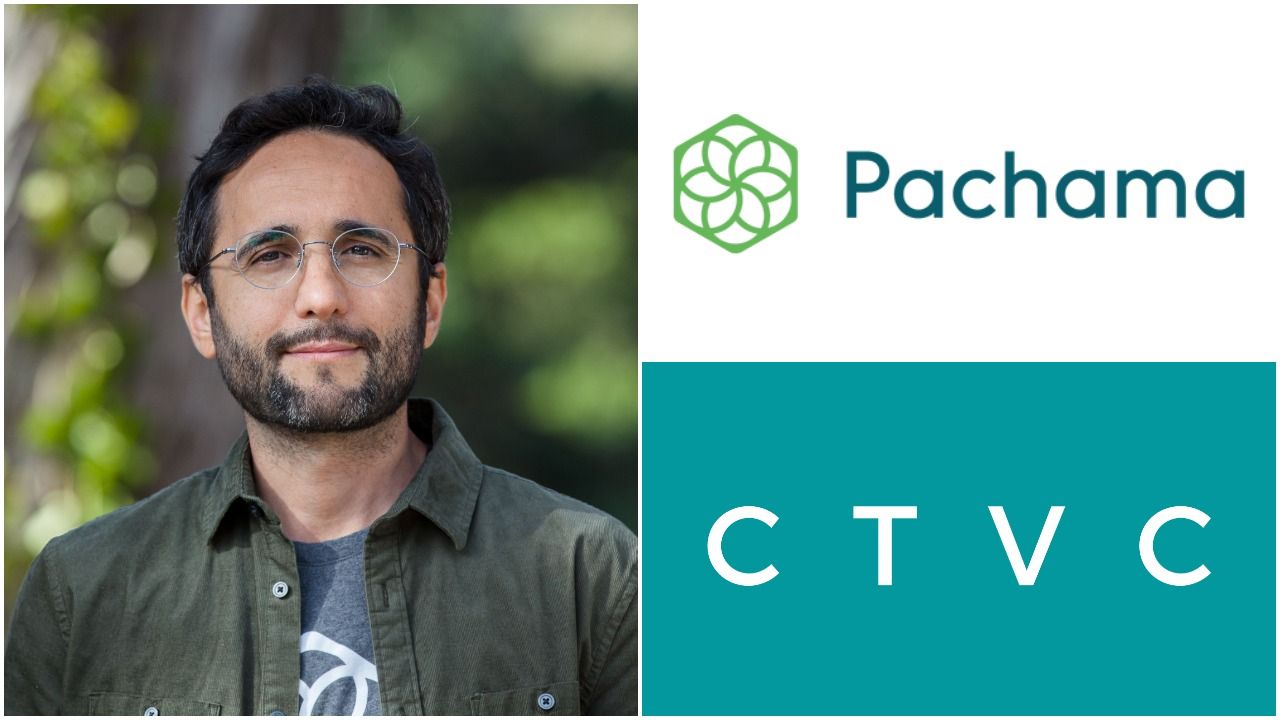
Before Pachama turned the leaf on nature-based solutions, the logic in Silicon Valley went: you don't need technology to plant trees. Now nature's role in reaching our carbon sequestration goals is widely respected and tech has increasingly played an active role to bring transparency and accountability to a once opaque ecosystem. Pachama leverages remote sensing and machine learning to act as forestry's source of truth and restore integrity to nature-based carbon credits.
It's rare to find such founder-market fit as with Diego Saez-Gil and Pachama. Diego grew up witnessing the decimation of the Amazon in his backyard in South America, then suffered the loss of his home burning down in the California forest fires - only reinforcing his respect for forests that act like the Earth's lungs. We branched out into forestry's 5 gigaton carbon sequestration potential and Pachama's recent $55m Series B with Diego.
How did you get into the land of forest carbon?
My background actually isn’t in climate science or forests. I studied electromechanics and business and grew up in Argentina, near the Amazon rainforest ecosystem. I grew up close enough to see the decimation of that forest during my lifetime. Life ended up bringing me to the US where I became a tech entrepreneur in the travel industry. After my last company got acquired, I took a sabbatical and went back to South America, where seeing the impact of deforestation on communities and biodiversity really brought the crisis home.
We’re emitting ~6 Gigatons of CO2 emissions from deforestation today and destroying ecosystems that have been sequestering carbon for millions of years. Critics often label permanence as a problem with forests but a forest ecosystem in the right conditions can sequester carbon for millions of years. The other misconception of forestry carbon removal is supposedly excessive land use. There are ~2 billion hectares available worldwide for forestry-based reforestation and restoration equal to the size of North America. Agroforestry practices combining forests and regenerative agriculture actually enhance food production hand-in-hand with carbon sequestration. At its full potential, we could be sequestering an additional 5 Gigatons per year.
Nature-based solutions are also critical to avoiding crossing planetary tipping points that might kick in feedback loops. The Amazon rainforest produces rain which fertilizes agriculture around the world. If we lose >25% of the Amazon rainforest, a feedback loop towards “savannization” could globally destabilize the water cycle and expose 12 million people to lethal heat stress.
What’s Pachama’s founding story?
Very few people were talking about solving nature-based challenges with technology in Silicon Valley in 2018. The thinking was: it doesn’t take new technology to grow trees. But, in fact, you do need technology to measure, verify, report and fund effective projects to make a market. There are only three ways to fund conservation at scale: governments, philanthropy, and carbon markets. But government can be unstable and philanthropy isn’t scalable enough - so that leaves carbon markets. When I discovered the carbon markets, I realized the current system had a lot of room for improvement - a lot of projects are over credited, not truly additional, or actually failed and unreported. There was a clear lack of tools for verification, measuring, monitoring, reporting, and accountability.
On the other side, I went and talked to landowners in Argentina and Peru. It’s incredibly difficult for them to get involved in the carbon markets because they have to partner with foreign firms that send people from the US or Europe to South America to literally measure trees with tape measures. The paperwork in this process takes more than two years and hundreds of thousands of dollars. So it’s much easier to just cut down the trees and grow crops.
The whole process is broken. On the demand side there’s the lack of trust, and on the supply side there’s massive bureaucracy and inefficiency involved in the process.
How does Pachama’s tech stack solve this?
Since day one, we’ve been building a platform that would harness the latest geospatial and remote sensing technologies. We have hundreds of satellites collecting data in real time, and computer vision that can process that data and produce high accuracy predictions of Earth.
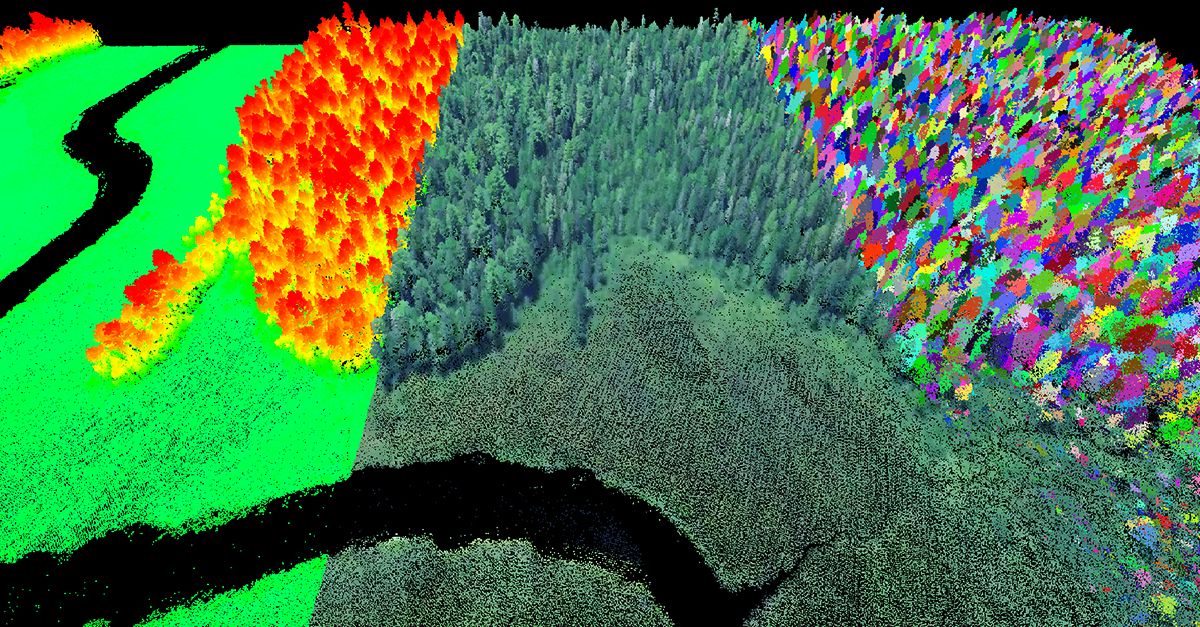
Forest viewed through satellite imagery and LiDAR. Source: Pachama
Then we direct that towards identifying the best projects at scale, and make it easier for those projects to issue credits and for companies to trust those projects. Many of these companies in hard-to-abate sectors will need to tap into the carbon credits market. If that money is going to go somewhere, we have to make sure it goes into good projects that actually have real substantial climate benefits.
What’s the size of the voluntary carbon market today?
It’s difficult to know. Even though there are four main registries (Verra, Climate Action Reserve, Gold Standard, American Carbon Registry), many carbon units are shadow traded outside of those organizations. Based on the best available data, we’re talking about $1 to $5 billion worth of transactions and between 100 to 200 million tons of carbon retired just last year.
Three forces are in movement right now.
Demand is growing faster than the bottlenecked supply. The greatest impact that we can have in this space is unlocking high quality supply. Over the next 20 years, 95% of the supply of carbon units needed to reach the net zero goals of corporations don’t yet exist.
Estimates from the Taskforce on Scaling Voluntary Carbon Markets estimate the voluntary carbon market to reach $100b by 2030, assuming an increase in quantity and also price. While we’ve seen price naturally increase, at Pachama we’re focused on how to help originate that next generation of nature-based credits, while ensuring their integrity, transparency, and impact.
What makes a high quality removal credit in forestry?
A high quality carbon credit must be additional, accurate, permanent, net and of positive impacts for local communities and biodiversity. When it comes to nature-based carbon credits, they can represent removals of carbon from the atmosphere (reforestation) or avoided emissions (conservation).
Where do different types of forestry credits fall on the spectrum of avoidance and removal?
Historically, registries didn’t distinguish between removals and avoidance. I’d estimate that less than ~10% of voluntary carbon credits issued as of today count as removals. Fortunately, there’s increasing demand for that distinction and registries are responding by creating “removal” labels. American Carbon Registry just released a removal label and other registries are working on similar initiatives.
Removals can be claimed by afforestation and reforestation projects, although it's important to still check for additionality. For example, to avoid a timber project planting trees in an area where trees have been planted for decades wanting to claim carbon credits. Improved forest management projects may also partially fall into the removals category by enabling productive forests to grow bigger to sequester additional carbon. But here it's very important to ensure a long duration and clear additionality.
When it comes to avoided emissions it’s super important to consider additionality and permanence risk. And it’s important to consider the difference between avoided emissions from nature conservation vs avoided emissions from engineered projects. Financial additionality means there was an economic incentive needed to make the project happen. Many legacy avoided emissions credits - from dams, electric power plants, solar and wind farms, energy efficiency projects in industrial facilities - could be justified 15 years ago in terms of their financial additionality. But that’s not necessarily the case any more when solar and wind prices are competitive and oil prices justify the building of dams or energy efficiency projects. But when it comes to forest conservation, there are no alternatives. If there isn’t a carbon price many forests will be gone. That’s why I’m also a big proponent of avoided emissions credits for tropical forest conservation, because without them we’ll lose the Amazon, and that’s a huge risk for humanity and the planet.
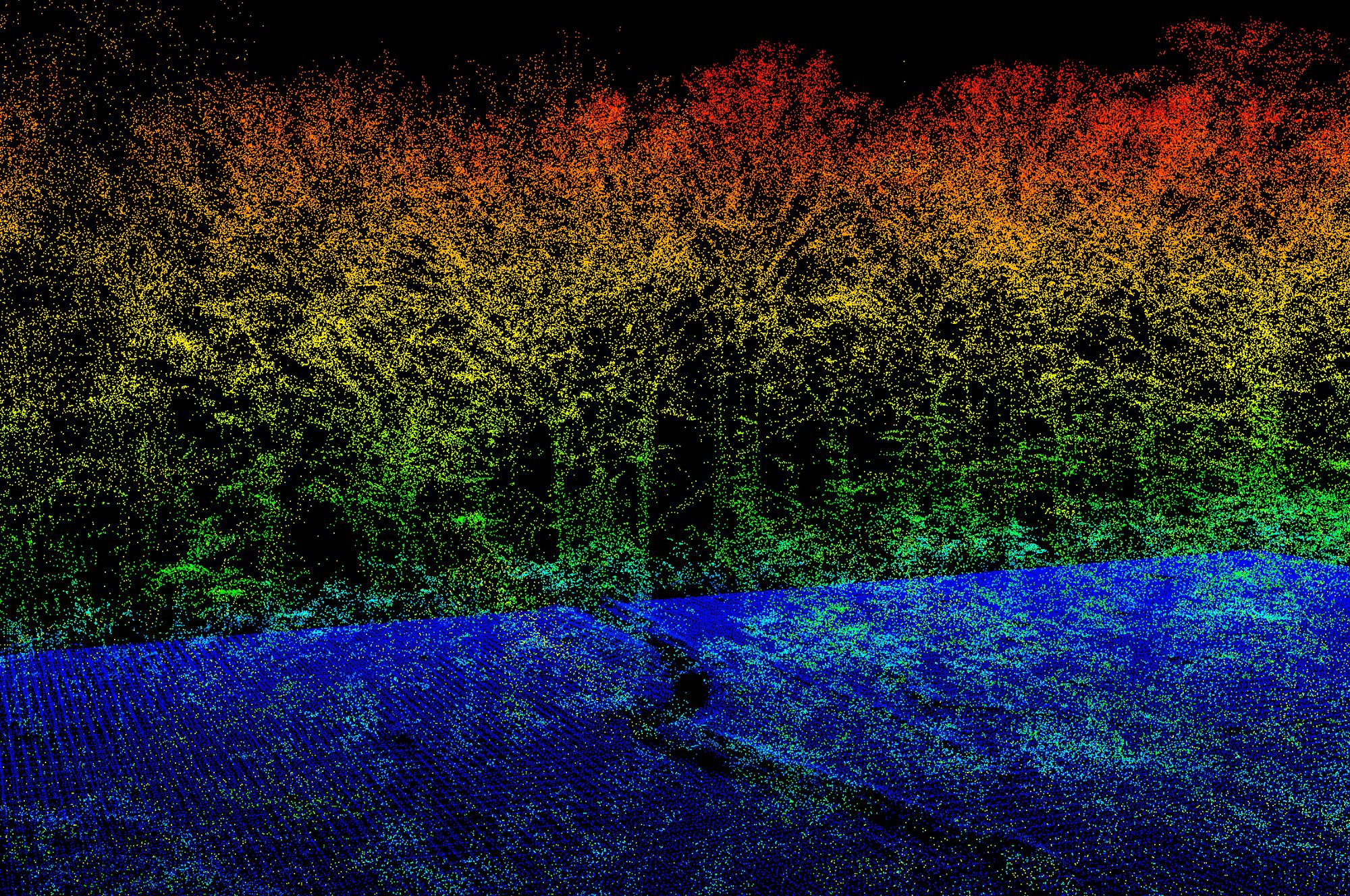
The key for effective additionality is the determination of the baseline of expected carbon loss. We’re working on several proposals based on the possibilities given by satellite data, such as dynamic baselines and algorithmic reference areas. We’ll be releasing more on this soon.
Between 1,000 year permanent removal and ton-year accounting, what’s the right balance for forestry projects?
We believe that for forest projects commitments should be multi-decade, and ideally aimed at perpetual conservation. We see ton-year accounting and short term harvest deferrals frameworks as unsatisfactory and highly risky. Of course ecosystems are highly dynamic, depending on multiple external factors that make the carbon fluctuate across the years. But we also can see how healthy ecosystems such as tropical rainforests can thrive and continue to sequester carbon for millions of years. The next three decades are the critical ones for balancing the carbon cycle as we decarbonize the economy, yet we have to aim for multi-century carbon sequestration projects that will ensure a balanced climate for future generations.
What does the existing project certification process look like today? How does Pachama fit in?
For a nature-based project today, you’d have to hire a consulting firm which comes out to the project site to take field plot measurements and estimate carbon stocks and baselines. You then present that accounting to a registry as a project description document, which then sends an auditor to conduct a review in order to issue the credit.
We don't aim to be the issuer of credits. Instead, we aim to partner with projects and registries to build the data platform that ensures high-integrity of data in the issuance by the registries. We’re using software to solve for the manual inefficiency in this process. Pachama will be a data layer between registries and project developers, which today is done manually by consulting firms. That’s how nature-based carbon credits can truly scale while ensuring integrity and accountability.
Where does Pachama fit in this voluntary carbon market value chain?
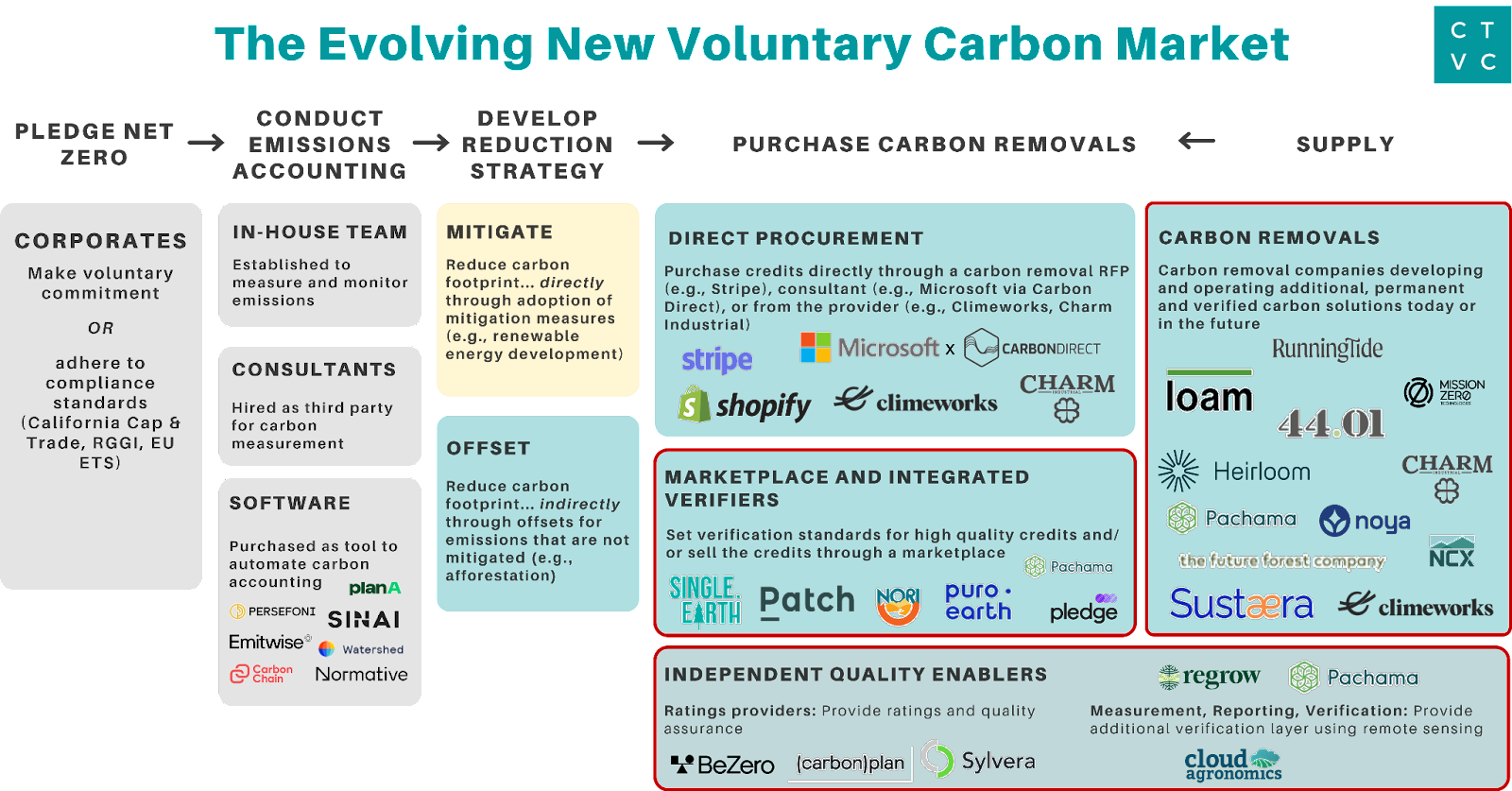
Today, Pachama serves as a data-enhanced marketplace for third-party verified credits and is working on originating new carbon removal projects powered by digital MRV technologies, falling within the categories of “marketplace and integrated verifiers,” “independent quality enablers,” and “carbon removals.”
How do you respond to folks who question whether measurement can happen under the same roof as marketplaces?
Overall, we believe that there is value in being an integrated technology platform that makes life easier for both the supply- and demand-side of the market. However we aim to always partner with independent registries for the issuance of credits and validators and verifiers for the auditing of the data. And we aim to bring transparency and auditability to the next level. The problem today is that everything is too opaque. We’ve seen land-based projects that don't give access to the boundary files or the maps of the project. That’s like a car seller that doesn't want to open the hood of a car.
Pachama helped to seed the growth in nature-based carbon removal tech companies. What key enablers have changed that make today different from 2019 when you went through YC?
We’re excited to be leading the movement of more climate tech companies focused on nature. Since 2019, we’ve seen a surge in demand for nature based solutions as more companies recognize the widespread impact that restoring nature can have not only on the climate but on communities and biodiversity. The increased investment from large corporations has also drawn scrutiny from the media, which in turn has shone a light on the quality concerns in the market and driven companies to seek technology solutions that can provide more transparency and accountability for these projects.
This convergence of demand and scrutiny has converged with the evolution of technology. We now have better data than ever before (from satellite imagery to LiDAR to Radar) and the machine learning tools that enable us to interpret this data at scale. We’re in a prime moment to harness this technology to deliver the quality and scale the market demands.
Congratulations on your $55m Series B fundraise! How does Pachama become a billion dollar business?
Appreciate it! We’ve raised $55M in a Series B funding round led by Future Positive, with participation from existing investors Breakthrough Energy Ventures and LowerCarbon Capital. New investors in this round include Ellen Degeneres and Portia De Rossi alongside Plus Capital, ReGen Ventures, 20VC, and Alexis Ohanian, bringing total investment secured to $79M. Our designer, Alejandro Vizio, made a killer festival poster to announce the funding!
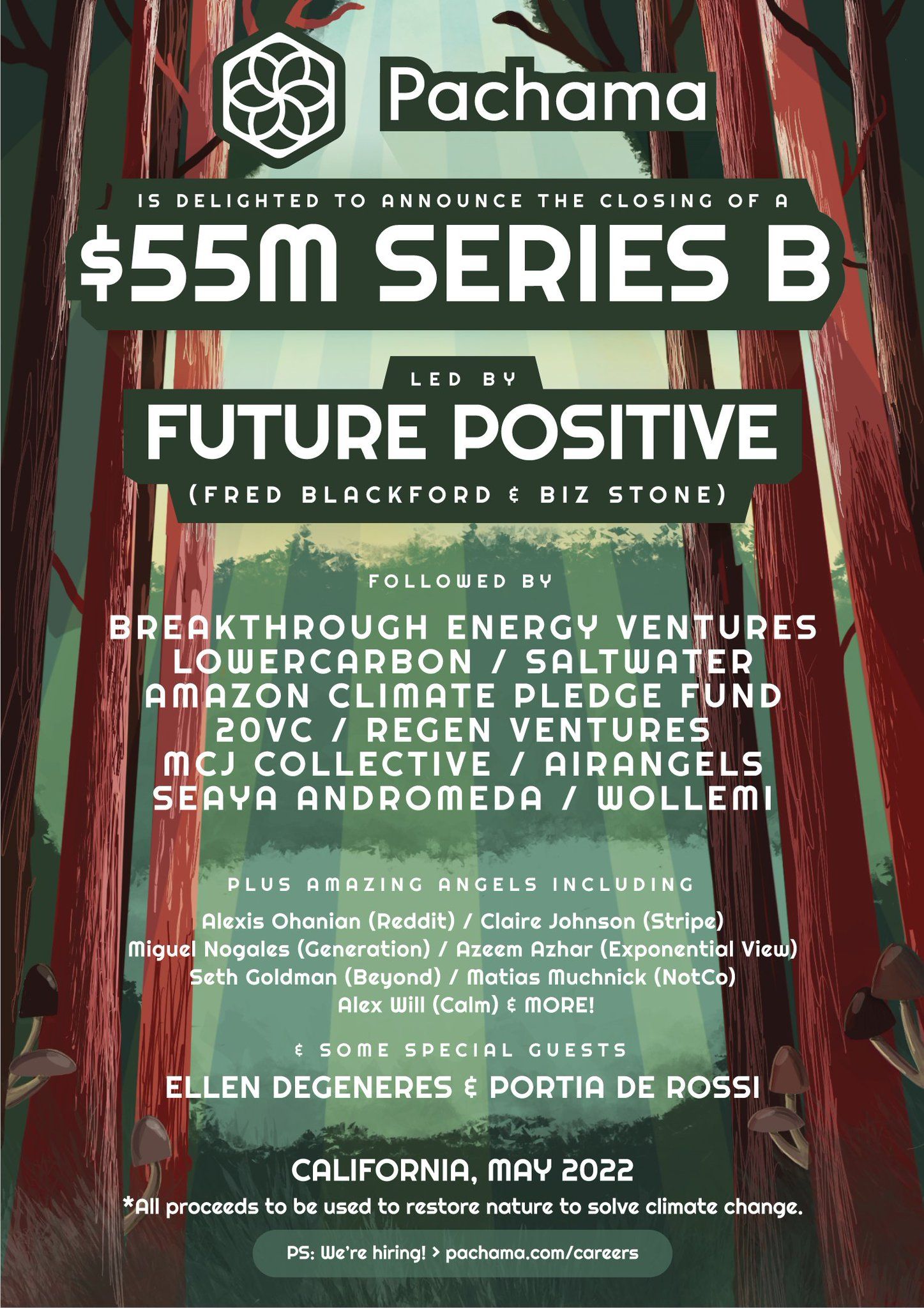
Pachama's vision is to help restore and protect hundreds of millions of hectares of land in the next two decades. If we manage to drive the funding to do that I have no doubt that we will be an incredibly valuable enterprise. Additionally, with our data and technical capabilities we will be able to power the monitoring and management of natural resources at a global scale, which will be essential to build the net-zero, nature positive civilization of the future. We have the potential to be a generational company, attracting the most brilliant engineers, scientists and operators who are called to work on the biggest challenge humanity ever faced.
Want to branch out into NBS? Pachama wants to hear from: 1) Corporations seeking to reach Net Zero and impact communities and ecosystems by investing in effective carbon credits; 2) Talented people interested in joining their team, 3) Forest project proponents in the Americas interested in developing high-quality conservation and restoration projects.

A founder’s guide to winning non-dilutive funding with Elemental Excelerator

Infrastructure investing for impact with Banyan Infrastructure's Amanda Li

The climate tech methane spotlight on Crusoe Energy flares up